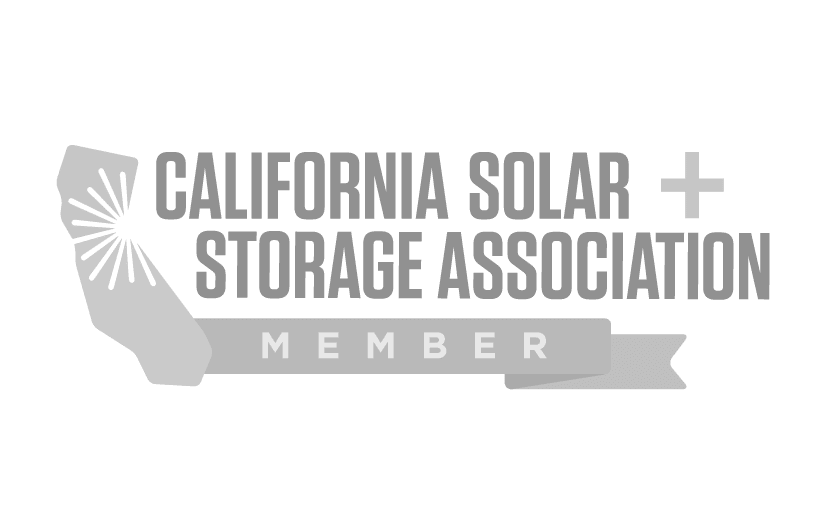Solar Market Halved by 2024 Under Proposed NEM 3.0 California
The solar market in California would be reduced by half by 2024 if the state’s incentive scheme for solar energy were changed as proposed. Payouts to solar consumers in California for any surplus energy they produce are under review by authorities. Monthly premiums would also be introduced with the new plan. This would lengthen the time it takes for solar systems to recoup their initial investment.
According to a recent analysis by energy research company Wood Mackenzie, California officials are now considering adjustments to solar incentive schemes that will halve the state’s solar industry by 2024.
Lessons learned
The new NEM 3.0 regulation has not yet been approved by the California Public Utility Commission. State officials in California have decided to table Net Metering 3.0 until further notice. The value of solar credits may drop by as much as 75% if California implements proposed modifications to its net metering scheme. New solar customers with PG&E, SCE, and SDG&E might pay an additional $100 per month, on average, due to two levies proposed by the utilities. Californians who are thinking about going solar should do so as soon as possible to lock in more advantageous net metering credits, since current solar users will be grandfathered into their prior net metering policy.
For starters, let’s review how net metering was started in California
Strong solar subsidies, abundant sunlight, high power prices, and established net metering rules have all contributed to California’s position as the solar industry leader in the United States. Along with this increase in solar panel installations, easily reached their net metering “cap” in 2016 and 2017. NEM 2.0 is the next version of the net metering regulation implemented by the California Public Utilities Commission.
If you’re looking for solar credits in California, thinking when will NEM 3.0 go into effect, NEM 2.0 offers them at a little lower cost than the state’s original net metering policy—2 cents less per kilowatt-hour, to be exact—thanks to non-bypassable charges. Thanks to NEM 2.0, households are saving an average of $3,000 annually on their power bills by installing solar panels.
However, it’s crucial to remember that this won’t be the first time California has changed its net metering legislation, especially in light of the impending alterations. Some of the improvements planned for this third version, however, may have a more profound effect on the financial viability of rooftop solar than any of the previous adjustments.
Next step: NEM 3.0 California and solar energy cost reductions
Introducing new net metering laws is a complex endeavor that needs extensive research, proposal writing, stakeholder consultation, and public hearings before a final decision can be made. Major parties have filed proposals for a successor program to NEM 2.0 as of May 2022, and the CPUC has chosen to table consideration of a NEM 3.0 California proposal until further notice. Since the CPUC reopened the record of process in May to gather more material, the earliest the commission could issue a draft decision would be in July, and the earliest a final judgment could be issued would be in August.
We wish we could give you a definitive answer on how everything will turn out, but we don’t. We have nothing except the proposals themselves to go on as we wait for the CPUC’s judgments. And we would like to show you the worst of what’s in the joint plan from PG&E, SCE, and SDG&E when it comes to solar.

